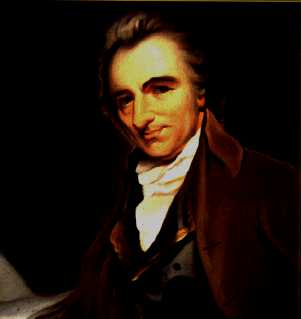Ethan Allen (born Litchfield, Connecticut, 1738; died Burlington, Vermont, February 12, 1789) was a hero of the American Revolution and the leader of the “Green Mountain Boys.” Children can visit: Ethan Allen. Children could also read Ethan Allen: Green Mountain Rebel by Brenda Haugen and Andrew Santella.

Fortunately
Remy Charlip (born Brooklyn, New York, 1929; died San Francisco, California, August 14, 2012) was an artist, choreographer, and writer/illustrator of children’s books. One of his works is the EXCELLENT book Fortunately. Children can read it and then make their own Fortunately books. He illustrated books by other writers, including Margaret Wise Brown and Jane Yolen.
Thomas Mifflin (born Philadelphia, Pennsylvania, 1744; died Philadelphia, Pennsylvania, January 20, 1800) represented Pennsylvania at the Constitutional Convention. During the Revolutionary War, Mifflin served as George Washington’s aide-de-camp and then the army’s quartermaster. After the war, he served as Pennsylvania’s governor and then he was elected to the Pennsylvania House of Representatives. Children could learn more at: Thomas Mifflin.
Robinson Jeffers (born Pittsburgh, Pennsylvania, 1887; died Carmel, California, January 20, 1962) was a poet and a playwright. Many of his works concern the environment. Children can read some of his work at: Robinson Jeffers.
Hildegarde Swift (born Clinton, New York, 1890; died Redland, California, January 10, 1977) wrote books for children. Her Little Blacknose: The Story of a Pioneer, illustrated by Lynd Kendall Ward, earned a 1930 Newbery Honor Award. She also wrote The Railroad to Freedom: A Story of the Civil War; it received a 1933 Newbery Honor Award.
Bill Toomey (born Philadelphia, Pennsylvania, 1939) is a decathlon champion. He won the gold medal in the 1968 Olympics. Idea: Children could create their own class decathlon, possibly a combination of mental and athletic events.



